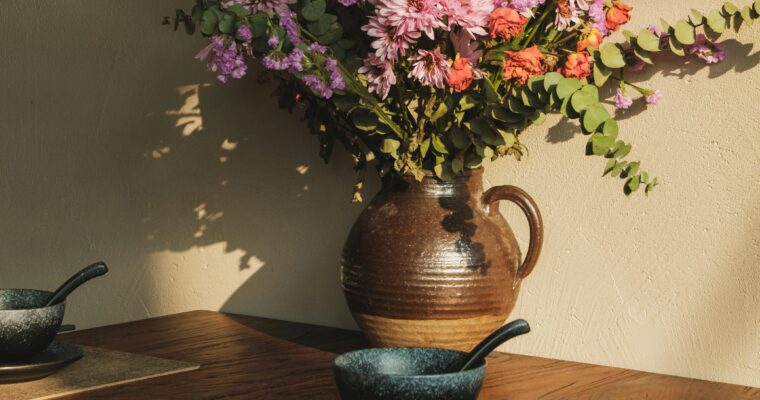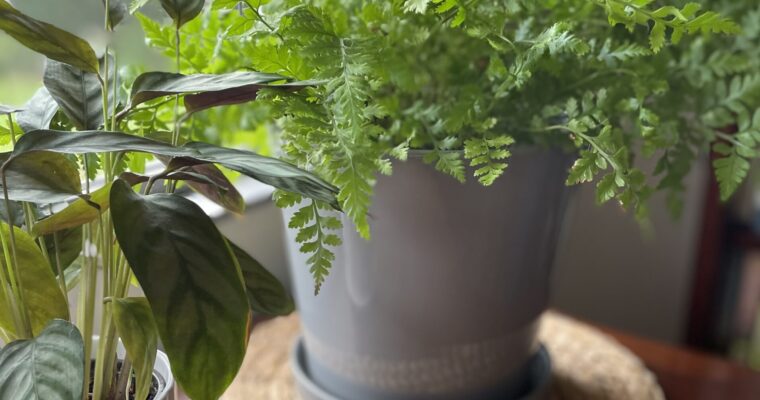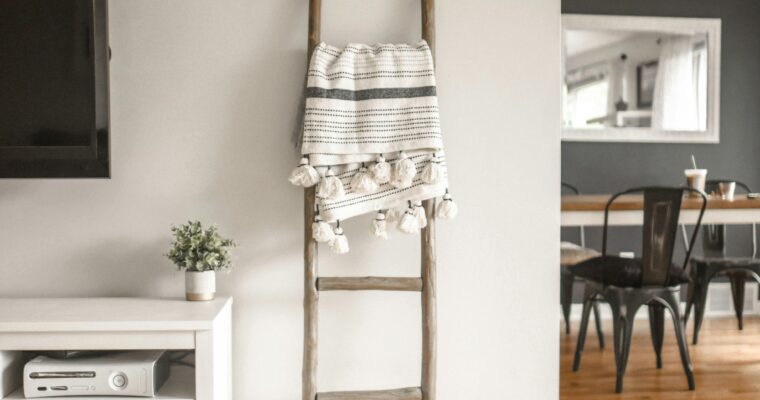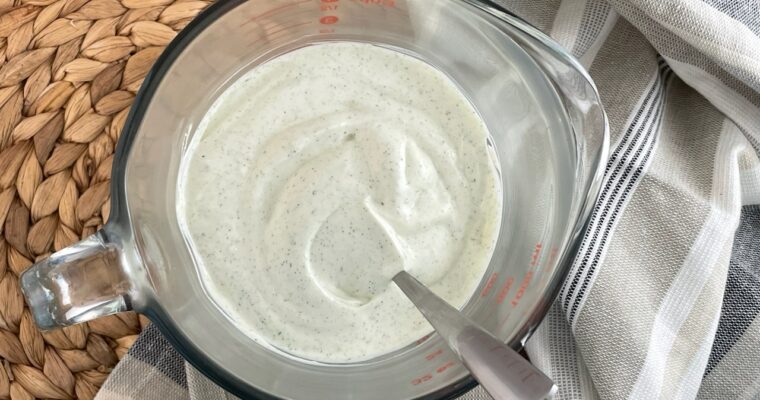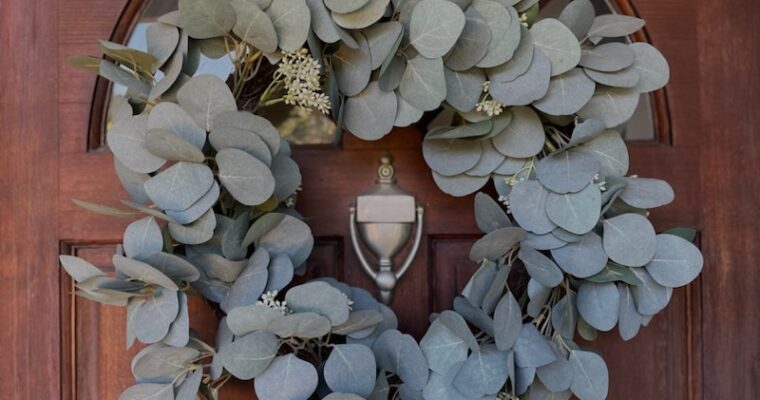Morning Routine for Homemakers: Making Your Day Purposeful and Productive
Explore practical ways to get your day started on the right track for a productive and successful day at home. Boost your motivation as you care for your home and serve your family with intention. Martin Lang/Pexels.com We all know what it’s like More…


